The embouchure is an important fundamental concept to playing either the oboe or bassoon. There are many similarities between a proper oboe and bassoon embouchure, however there are a number of differences as well.
Both oboe and bassoon feature a round embouchure that encircles the reed with equal pressure from all sides of the lips. The teeth should remain open and far apart while playing with the corners of the embouchure forward.
In order for the reed and oboe to respond well, one must place their embouchure on the heart or top of the heart of the reed, with approximately 1/3 of the reed in the mouth. The teeth must remain far apart in order to allow the reed to vibrate, and the lips must be rolled in over the teeth. The reed rests on the bottom lip, and the bottom lip serves as a cushion for the reed.
For a proper bassoon embouchure, the entry angle of the reed should go straight into your mouth, not approach from above or below. The lips should contact about 2/3 of the way onto the reed. There are a number of examples to use to properly teach bassoon embouchure. The “whistle and yawn” approach is very successful. Whistle to bring your corners forward and to create a round shape with the lips, while simultaneously trying to yawn with your mouth closed.
Other examples to help properly shape the oral cavity are to have the student think of a golf ball or egg inside their mouth. The tongue should be down and the throat should be open. As always, the corners of the lips are forward. The drawstring bag example is effective for accomplishing this.
Also, the lips are like a pillow—equal pressure all the way around the “embouchure wheel.”
Remember—the soft contacting cushion that the lips provide on the reed is only tense enough to SEAL the reed and embouchure. The teeth should be parted and only act as a support for the embouchure. The lips are like pillows and should provide soft and equal pressure all the way around the reed.
There is often an assumption that the proper embouchure involves substantial rolling in of the lips over the teeth and a drastic overbite. As far as roll-in is concerned, some of the red of the lip will inadvertently roll over the teeth, but there should be no deliberate muscular effort to make this happen. Some students will show more lip than others depending on the fullness, or lack thereof, of lip tissue. On relations to overbite, the lower jaw, or mandible, is naturally staggered down and back. This is a reflection of the natural human overbite, and will happen for everyone at varying degrees. The exact amount of overbite will also vary according to lip configuration, reed style, and register.
No amount of stretching or chin manipulation will produce this stagger—the motion must come from the maxillary hinge.
Celeste Johnson is the Associate Professor of Oboe at Oklahoma State University. She is a sought after performer and hosts the annual Oklahoma Oboe Festival, bringing renowned oboists to the OSU campus. You may read more information about her here.
Dr. Kelly Hancock is the Adjunct Professor of Bassoon at Oklahoma State University. She is a former member of the United States Army Europe Band and Chorus. You may read more information about her here.

Related Reading:
Do Bassoonists Really Need to use the Resonance Key?
Teaching Oboe – The First Sound
Getting the Most from Your Double Reeds in the Concert Band
If you would like to receive our weekly newsletter, sign up here.
Don’t forget to like us on Facebook too!
Learn. Share. Inspire.
BandDirectorsTalkShop.com
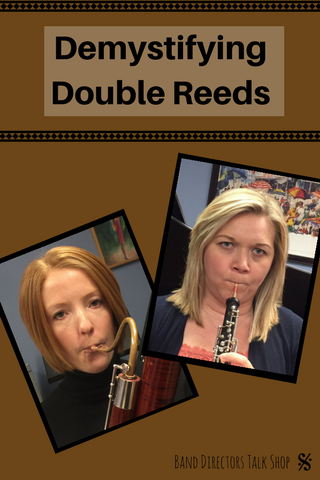
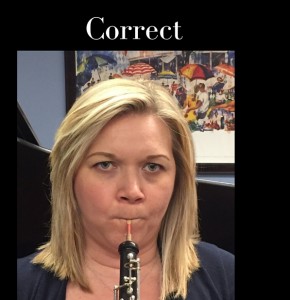
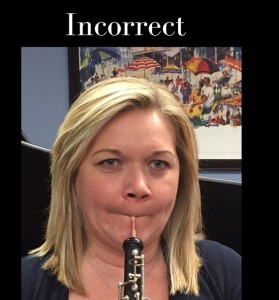
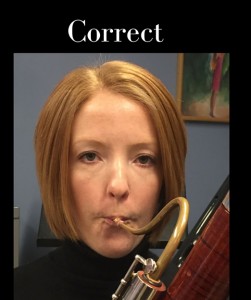
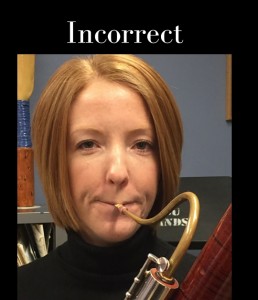

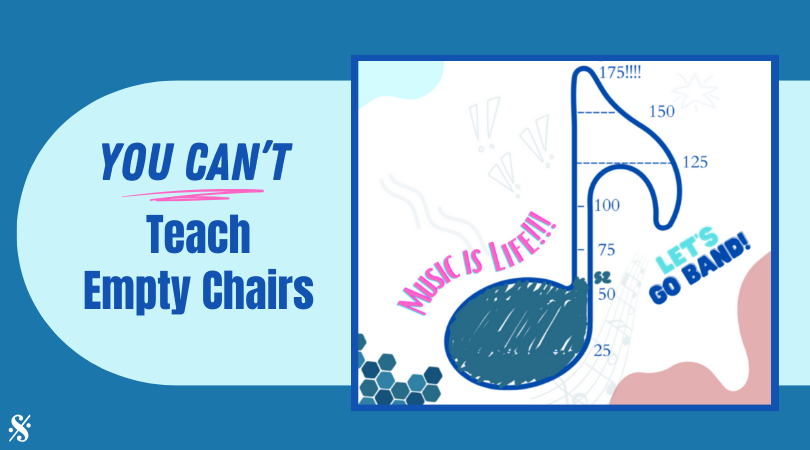
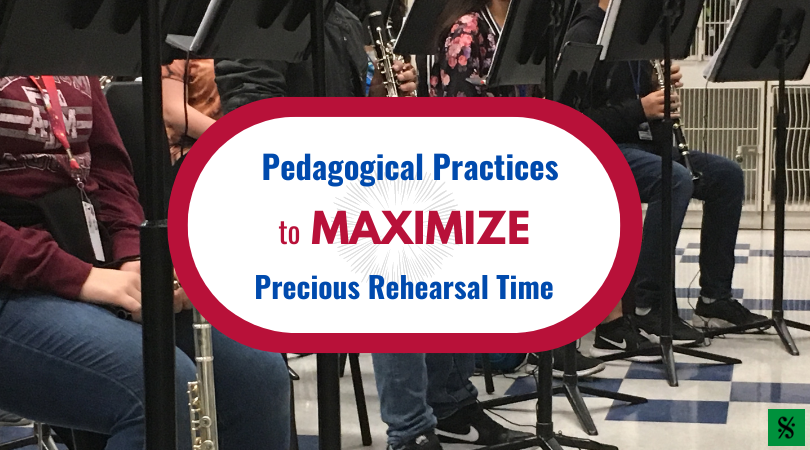

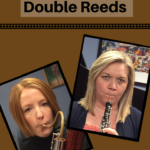
[…] Demystifying Double Reeds Celeste Johnson & Dr. Kelly Hancock from Oklahoma State University […]